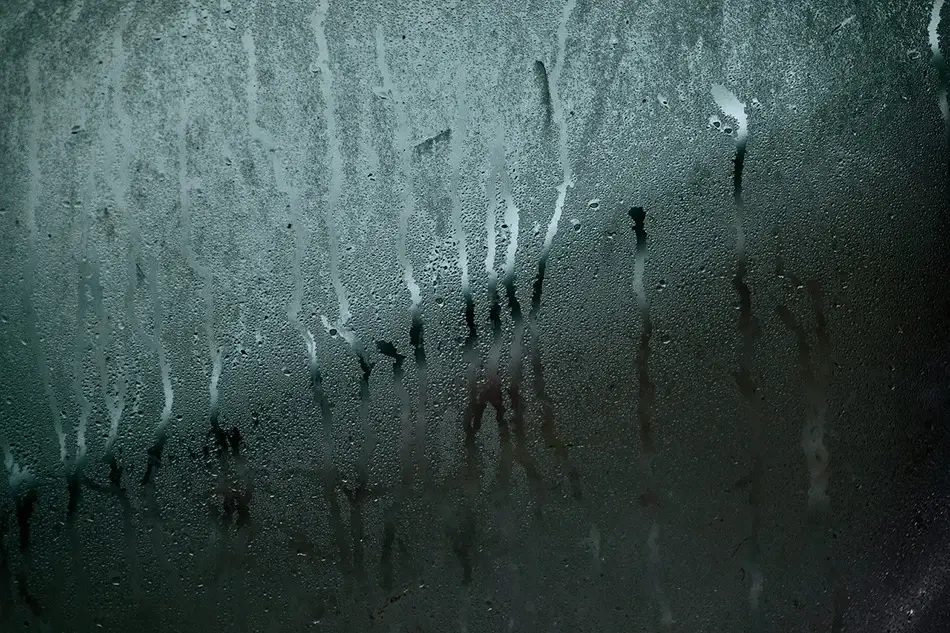Condensation forms when warm air comes into contact with a cold surface. In a building such as a pole barn, condensation can damage building materials. In order to control condensation in your pole barn, you need insulation, a vapor barrier, and adequate ventilation.
A vapor barrier can reduce the amount of vapor that penetrates a building from the source of the moisture. It should be installed on the warm side of the insulation. This is usually the inside, but in a hot, humid climate the vapor barrier may be installed on the outside of the insulation.
Vapor pressure drives water vapor through a vapor barrier. Vapor pressure varies with fluctuations in temperature and humidity. A vapor barrier reduces but does not completely eliminate vapor movement. If the vapor pressure is too high, any vapor barrier will no longer work. This is why insulation and ventilation are also required.
The facing material of a vapor barrier is rated using a scale called “perm.” The lower the perm value, the better the vapor barrier facing.
The amount of ventilation required depends on how your pole barn will be used. If it is going to be used on a farm, ventilation can reduce odor. A garage can be ventilated with vented soffits and ridges.
Pole barn construction processes can contribute to condensation problems. It is common to pour a concrete slab after a pole barn is built using the grade boards as forms. In the winter, a propane heater is often used to cure the concrete. This can create enough water vapor to penetrate the vapor barrier and cause condensation problems.


